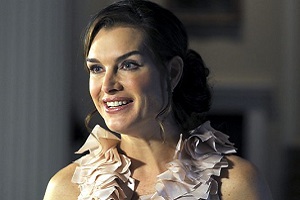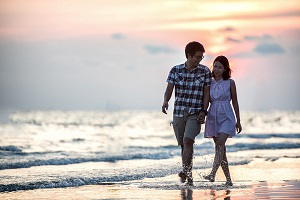Light Therapy
TweetPhototherapy or bright light therapy has been shown to suppress the brain's secretion of melatonin. Treatment consists of sitting in front of a full-spectrum light for about four hours per day, preferably in the mornings. This is a substitute for bright natural sunlight, the lack of which seems to cause a particular form of depression.
Dr. Normal E. Rosenthal's seminal 1985 paper defining Seasonal Affective Disorder (SAD) was the first to describe application of bright artificial light in the treatment of winter depression. Rosenthal's hypothesis was that lengthening the daily photoperiod (in effect mimicking summer day length in the northern latitudes) would effect a remission of winter depressive symptoms.
Treatment sessions can last from 15 minutes to three hours, once or twice a day, depending on individual needs and equipment used. The average length of a session for a system delivering 10,000 lux illumination is, for example, much shorter than for 2,500 lux (30 minutes vs. two hours). In clinical trials at our institute, with over 100 SAD patients who used a 10,000 lux system with UV-filtered light diffusion and angular tilt, for 30 minutes each day, about 3/4 showed major improvement of depressive symptoms. In another experiment, we found that 30 minutes was an unnecessarily long exposure for some patients (who responded fully at 15 minutes), while several required 1-hour exposures to show the effect.
Light Therapy using light box
Light treatment should be used daily in Winter (and dull periods in summer) starting in early Autumn when the first symptoms appear. It consists of sitting two to three feet away from a specially designed light box, usually on a table, allowing the light to shine directly through the eyes.
The user can carry out normal activity such as reading, working, eating and knitting while stationary in front of the box. It is not necessary to stare at the light although it has been proved safe.
Treatment is usually effective within three or four days and the effect continues provided it is used every day. Tinted lenses, or any device that blocks the light to the retina of the eye, should not be worn.
Light Therapy for Seasonal Affective Disorder
Light Therapy found to be effective in cases of seasonal affective disorder (SAD). Dramatic improvement can be seen within a week or two.
Spending an hour outside each day can often produce beneficial results in some individuals. However, one cannot get early morning outside light in the winter. Not everyone's job will allow for an hour-long outside walk. Only highly motivated people will continue their daily walk when it the rains or snows.
This is not a treatment that is widely available on the National Health services in the UK, but it is possible to buy your own lamp to use at home. However, it is best to be sure that the depression from which you suffer is SAD. It is also possible that if you become a member of the SAD Association they may allow you to hire a light for a trial period to see if it might help you.
Other Benefits of Bright Light Therapy
Increasingly, light therapy is being used to reset our body clocks - sometimes along with melatonin and sometimes on its own-no matter how or why they've been put off track. Scientists are discovering that light therapy may have potential for treatment of several other disorders in addition to that of SAD. Another area where bright light therapy has proven itself beneficial is in the area of sleep disorders. Advanced sleep phase syndrome (ASPS) is characterized by premature sleep onset and early morning awakening. Future applications of bright light therapy may well include any area where a disease or syndrome recurs seasonally, shows winter exacerbation, or plausibly is related to insufficient or ill-timed outdoor light exposure regardless of the season.
- Early Morning Insomnia
- Night-owl insomnia
- Jet Lag
- Productivity Enhancement
- Bulimia
- Late-shift drowsiness
- Nonseasonal depression
- Prolonged menstrual cycles
Electroconvulsive therapy, or ETC


Sometimes crying or laughing
are the only options left,
and laughing feels better right now.

Current Issue
 Self Help Leaflets Take the help of our self help leaflets or booklets. |
 The DG Magazine All about living with depression |
Most Read on Treatments
Medication Treatment for Depression
Herbal treatment for Depression
St. John's Wort5HTP
Ginkgo Biloba
Natural treatment for Depression
Exercise or YogaMeditation or Prayer
Clarocet NRI
Alternative treatment for Depression
AromatherapyVitamins
Diet and depression












